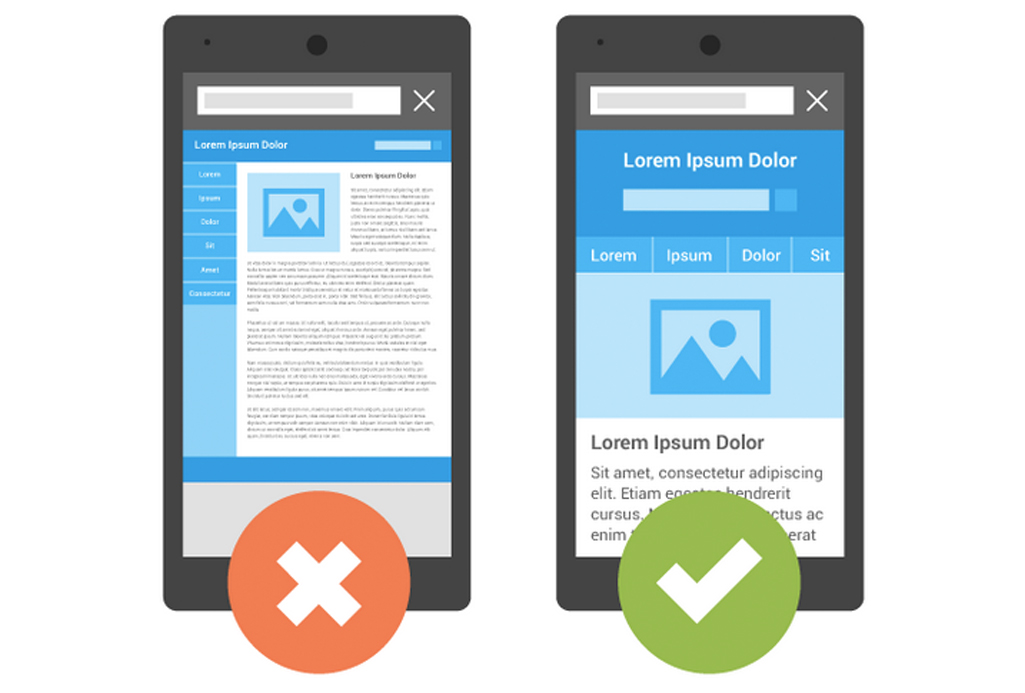On Wednesday, Google rolled out a significant change in the way mobile search results are displayed. The update, announced earlier this year on Google’s blog, means that the search engine will now prioritize and boost mobile-friendly sites in mobile search rankings. It’s an essential change due to the amount of people who now use smartphones to conduct searches. According to Smart Insights, 80% of Internet users own and use smartphones to search the Internet.
The update favors mobile-friendly sites to improve overall search user experience. “Now searchers can more easily find high quality and relevant results where text is readable without tapping or zooming, tap targets are spaced appropriately, and the page avoids unplayable content or horizontal scrolling,” the company wrote in its blog. It only affects search rankings for individual pages on mobile devices, but this change applies to searches in all languages and in all countries where Google operates.
The change will most directly affect small business owners who may not be aware that there could be significant decreases in mobile traffic from Google Search. However, websites that aren’t optimized for mobile devices won’t be at a disadvantage completely. Google will still use a variety of signals, such as specific keywords, to rank search results. This means that a page that is not mobile-friendly will still rank high if it contains high quality content and is relevant to the search query. Additionally, once a website become mobile-friendly, Google will automatically re-process the pages.
To determine if your website is mobile-friendly, Google has set up a Mobile-Friendly Test to examine individual pages and a Mobile Usability report in Webmaster Tools to check the status of your entire site.



Share on social